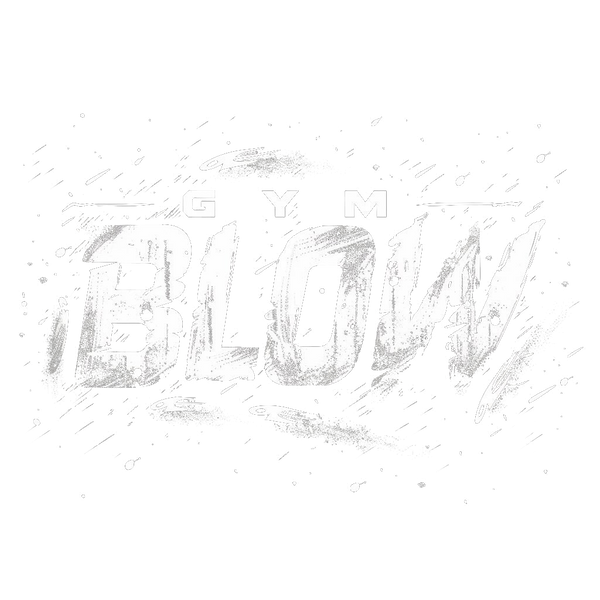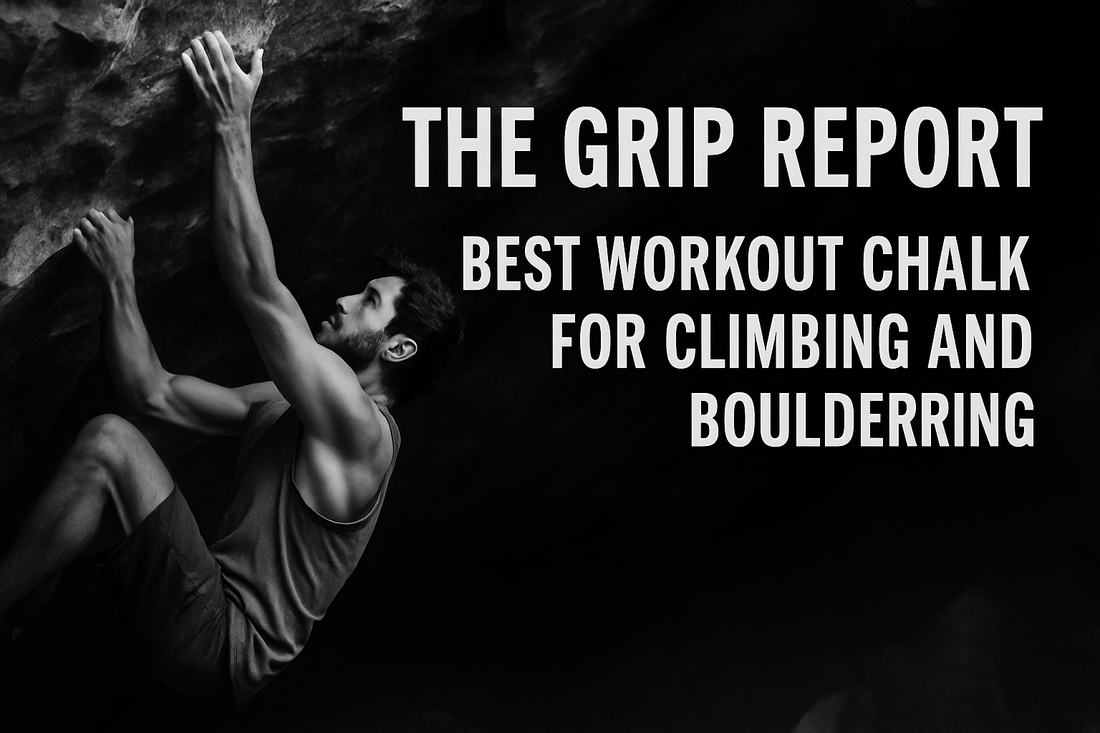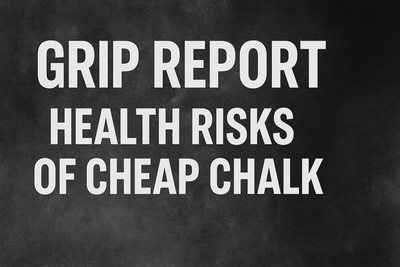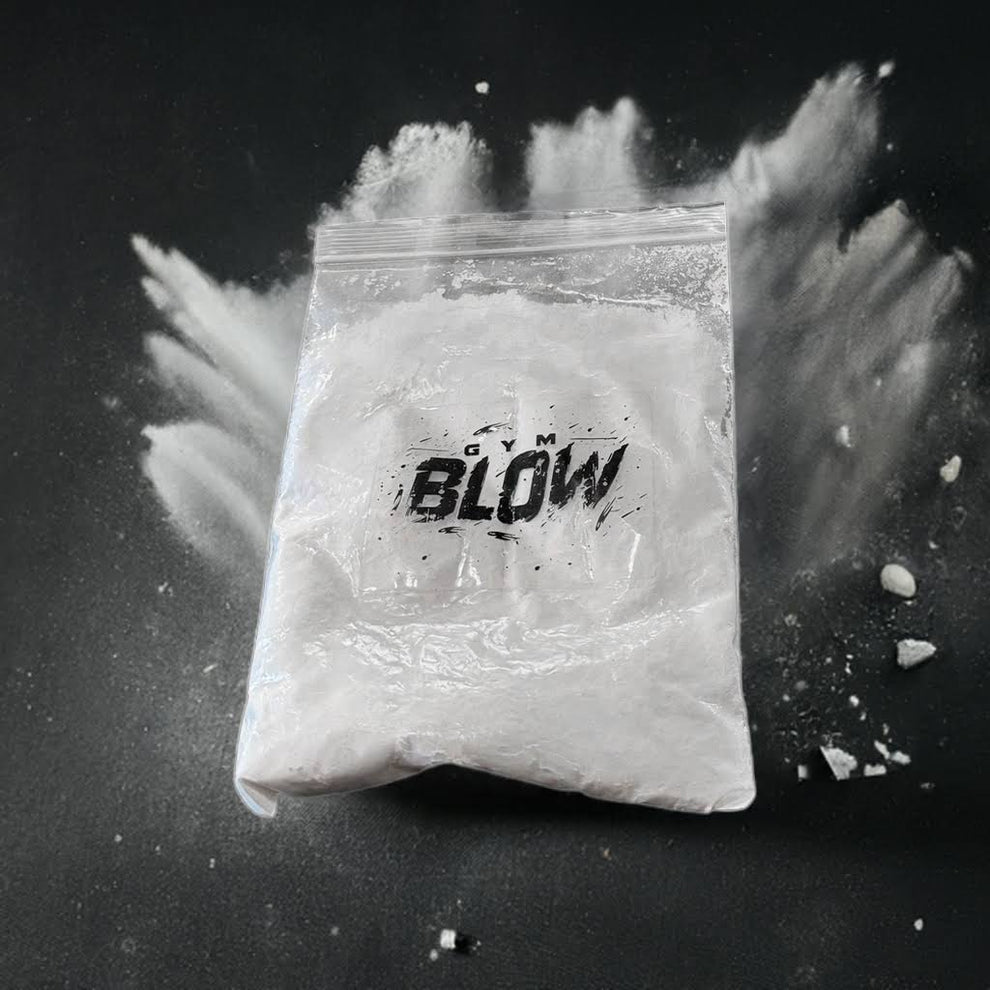Not all chalk is created equal—especially when your fingertips are the only thing keeping you off a jagged rock face.
Whether you’re crimping granite in Joshua Tree or pulling plastic in a climate-controlled gym, your chalk choice matters more than you think. And spoiler alert: liquid chalk just doesn’t cut it for climbers who want clean, consistent grip.
Let’s break down what type of chalk rock climbers actually use—and why Gym Blow’s pure, USA-made powder chalk is becoming a low-key secret weapon in climbing gyms from Venice to Vail.
What Kind of Chalk Do Rock Climbers Use?
Most serious climbers—indoor and outdoor—prefer magnesium carbonate powder chalk. It’s the OG grip enhancer for a reason: it absorbs moisture instantly, allows precise reapplication, and doesn’t leave your hands feeling like you just sanitized with glue.
There are three main types of chalk climbers tend to use:
- Loose powder chalk (like Gym Blow): Easy to apply, customizable, and provides dry friction where you need it.
- Block chalk: Solid bricks of chalk you break down yourself—usually cheaper but messier.
- Liquid chalk: A mix of chalk + alcohol that dries on your hands. Often used in commercial gyms for "cleanliness."
But here’s the thing: for real climbing, powder reigns supreme.
Powder Chalk for Climbing: Pros and Cons
Benefits of Powder Chalk
- Instant friction: You can re-chalk mid-route without delay.
- Adjustable: Use more or less based on the problem you’re solving.
- No dry-time: Zero wait time = more attempts = more sends.
- Feels natural: Doesn’t coat your skin with residue like liquid options.
Downsides of Powder Chalk
- Dusty if cheap: Lower-quality powder often feels like flour and hangs in the air.
- Can spill: Open chalk bags need some finesse.
That’s why Gym Blow uses lab-grade, ultra-pure magnesium carbonate, no fillers, no gimmicks. Just real chalk that clings to skin and rock—not the gym floor.
Liquid Chalk for Climbing: Benefits and Drawbacks
When Liquid Chalk Works
- Quick base layer: Can be used before powder for ultra-dry hands.
- Low mess: Some gyms prefer it for cleaner floors and air.
- Lasts longer: Good for warming up or endurance routes.
Why Climbers Don't Rely on It
- Tacky feel: Some climbers say it leaves their hands feeling artificial.
- Needs drying time: Not ideal mid-route or on short bouldering problems.
- Not customizable: Can’t layer or reapply precisely.
Also worth noting: Gym Blow doesn’t do liquid chalk. That’s on purpose. We believe in clean grip, not compromised performance. Powder gives you real-time control when it matters most—whether you’re three clips up or mid-dyno.
How to Choose the Right Chalk Based on Climbing Style
Different climbing styles = different grip demands. Here’s a quick cheat sheet:
| Climbing Style | Recommended Chalk Type | Why |
|---|---|---|
| Bouldering | Loose powder chalk (like Gym Blow) | Quick reapplication, high friction |
| Sport Climbing | Powder chalk, optional liquid base layer | Mid-route chalking essential |
| Trad/Alpine | Powder chalk in refillable chalk balls | Less mess, better packability |
| Indoor Gym | Powder chalk or liquid, gym-dependent | Check gym rules—some ban loose chalk |
For most scenarios, especially outdoor and technical gym climbs, a high-purity powder chalk like Gym Blow gives the best performance without the unnecessary chemicals.
Indoor Climbing vs. Outdoor Climbing Chalk Needs
Let’s get real: climbing gyms are becoming stricter about chalk usage—but performance still matters. Here's how your needs shift:
Indoor Gyms
- Consider chalk balls or tidy chalk buckets
- Opt for low-dust, premium blends (cheap chalk = cloud machine)
- Some gyms require liquid chalk—always check
Gym Blow’s fine granule blend minimizes dust while maximizing friction. It’s the best of both worlds—especially if you train in Venice but send in Bishop.
Outdoor Crags
- Loose powder is king: Apply how and when you want.
- Weather matters: Powder works better in humid or sweaty conditions.
- Refillable chalk bags recommended to reduce waste.
If you're projecting your outdoor limit, don’t let your chalk hold you back. You need something that grips when your fingers start to sweat—but doesn’t coat them in goop.
Which Type of Chalk Is Best for Rockclimbing?
| Chalk Type | Pros | Cons | Best For |
|---|---|---|---|
| Loose Powder | High friction, instant reapplication, pure grip | Can spill, dust if low quality | Bouldering, sport, trad |
| Block Chalk | Budget-friendly, customizable grind | Takes effort to crush, dusty | Old-school climbers |
| Liquid Chalk | Clean, long-lasting base layer | Tacky feel, drying time, not flexible | Warm-ups, strict gyms |
Gym Blow only makes loose powder chalk—because that’s what actually works. We’re not trying to be everything. We’re trying to be the best.
Why Climbers Are Switching to Gym Blow Chalk
At Gym Blow, we’re unapologetically obsessed with grip. Our chalk is:
-
100% Magnesium Carbonate
-
Made in the USA
-
Free of fillers, binders, and liquid gimmicks
-
Tested by lifters, climbers, and wildcards who actually use it
So whether you're flashing a 5.12 on your home wall or sending outdoors on sun-slicked stone, our chalk keeps your fingers locked in—not sliding out.
Final Word: Grip Matters More Than You Think
In climbing, the only thing between you and the ground is your grip. Your chalk should help—not hinder. Don’t settle for generic white powder from overseas warehouses. Choose something built for performance. Built for repeat sends. Built for climbers who grip like it’s life or death.
Choose Gym Blow. Grip Hard. Climb Higher.




![Best Gym Chalk for Pull-Ups & Muscle-Ups [2025 Guide]](http://www.gymblow.com/cdn/shop/articles/best_of_gym_chalk_400x.png?v=1751916479)
